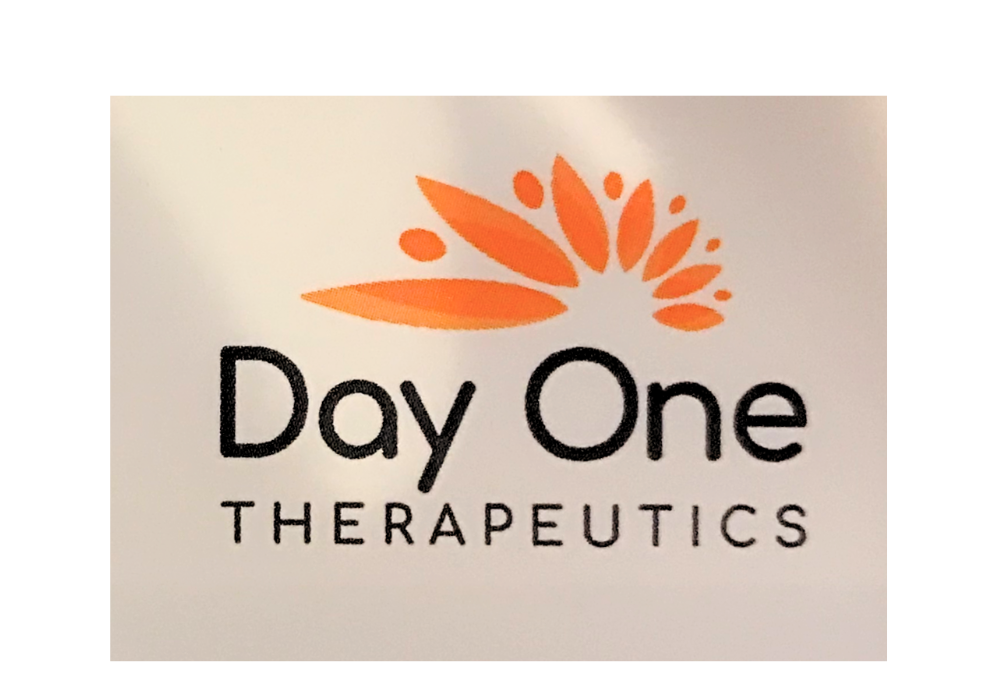Recently, the National Cancer Institute (NCI) announced it would end its funding of the Pediatric Brain Tumor Consortium (PBTC), a leading clinical trial network at the forefront of developing new therapies and technologies for pediatric brain tumors. While the NCI’s transition plan calls for shifting PBTC’s work to a broader, early-phase network covering all pediatric cancers, the move will almost certainly delay discovery and development of new treatments in an already underserved area of medical need.
Just ask the parents of the thousands of children and adolescents with brain tumors who are diagnosed each year, many of whom have limited time remaining to spend with their children due to the lack of effective therapies.
Cancer remains the number one killer of children and young people by disease in the U.S., and brain tumors account for about one out of four childhood cancers. Today, many pediatric cancers are often treated with the same chemotherapies that have been used for decades and that too often simply don’t work.
As two people who have together spent many decades trying to make a difference for cancer patients – one as an industry executive and the other as the father of a son with a malignant brain tumor and a patient advocate – we have seen first-hand how the lack of new medicines impacts children battling brain tumors and their families. Many of these children never get the chance to grow up.
Defunding the PBTC would not only slow the development of new therapies for pediatric brain tumors, it would also dismantle a collaborative, specialized network of researchers who mentor the next generation of clinical trialists. The loss of this infrastructure would weaken both the innovation and the pipeline of expertise that children with brain tumors urgently depend on. The decision to defund the PBTC will dismantle clinical trial infrastructure and brain tumor research expertise that have taken many years to build and that are not easily transferred to another network with different expertise, different capabilities and, most importantly, competing priorities. This type of systemic issue continues to result in the defunding of rare diseases and creates a disincentive for critically needed new and future researchers to get into this field.
It is no surprise that defunding the PBTC has alarmed scientists, industry, cancer patient advocates, doctors, kids with brain tumors, and their families. One bereaved mother and patient-family advocate for PBTC has said, “I am alarmed and heartbroken by the NCI’s decision… When NCI support ends, so too will a critical lifeline for children diagnosed with brain tumors… For families like mine, the PBTC has represented hope. To see that hope taken away… feels like a devastating step backward.”
The pediatric brain tumor community is a tight-knit group united by a shared commitment to a future in which new innovative, targeted medicines are developed and promptly get into the hands of doctors and patients who need them. Collaboration and steady funding for organizations like PBTC—built to tackle the toughest brain tumors—are essential to advancing new discoveries and novel medicines focused on finding cures.
We ask that policymakers act quickly to restore or replace PBTC funding. We’ve already seen all PBTC trials at member hospitals forced to pause clinical study enrollment, leaving patients and their families with no alternative treatment options left to try. Finally, access must be protected so all children with brain tumors, regardless of what part of the country they live in, can benefit from trials and potential breakthroughs. Kids with brain tumors and their families deserve the resources to accelerate progress.

